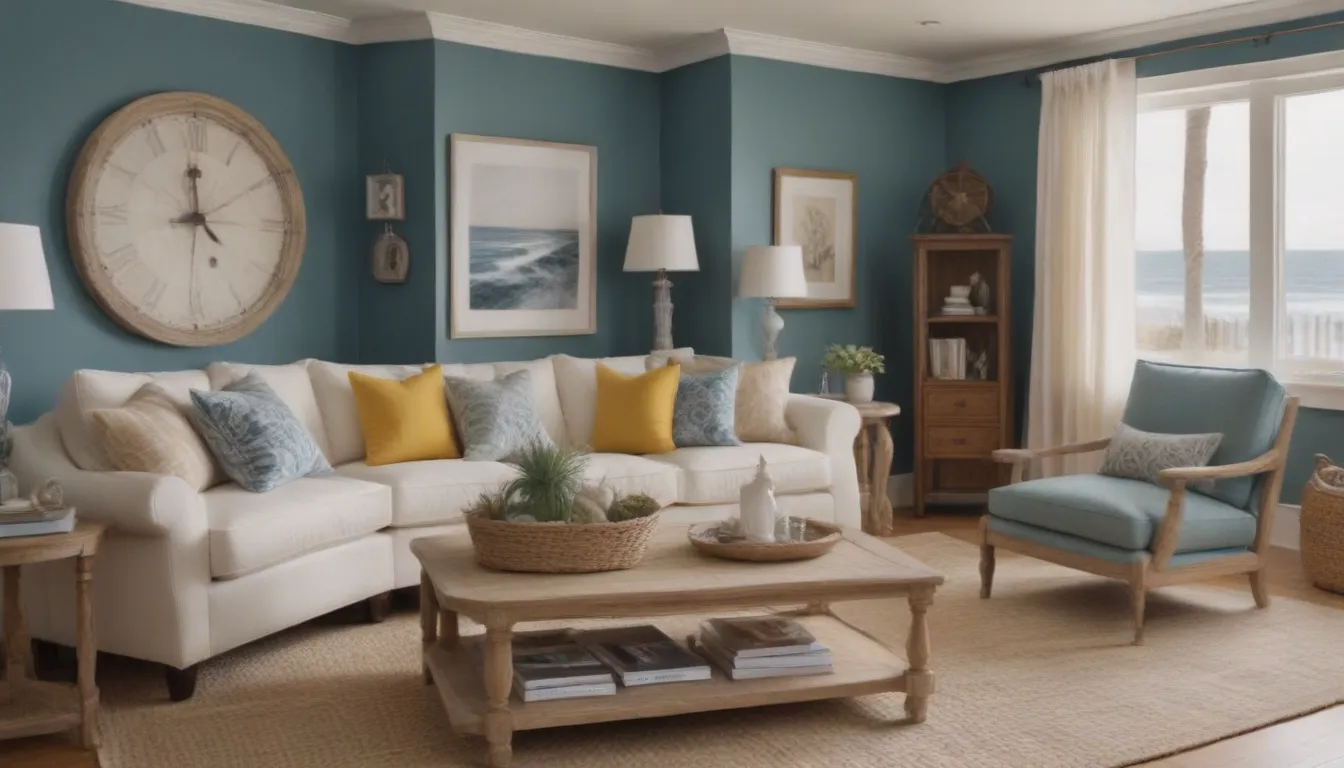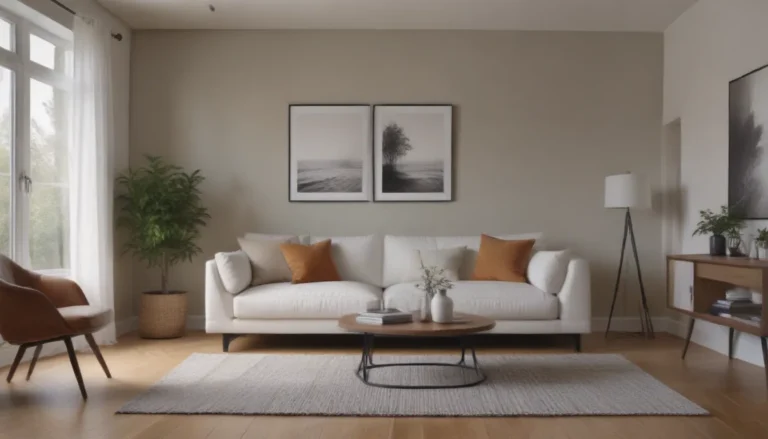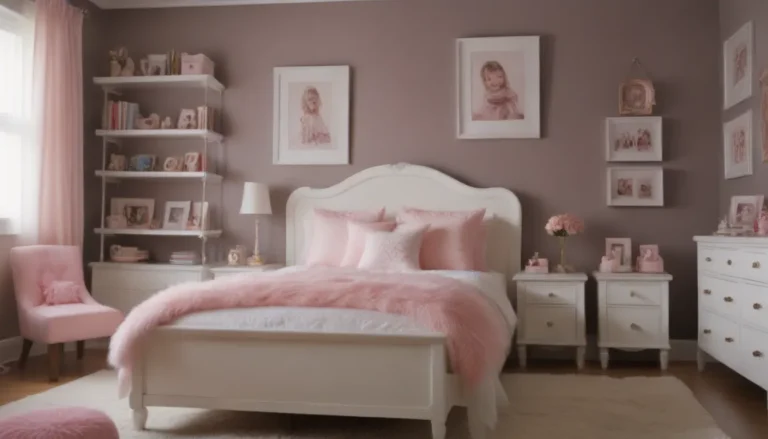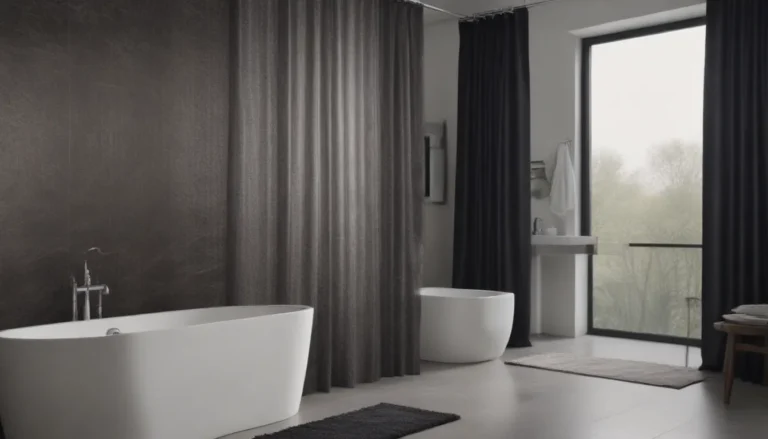Ultimate Guide to Coastal Design and How to Decorate Your Home with it

If you’re someone who loves the calming vibe of the ocean or simply wants to bring a touch of coastal charm into your home, coastal design style might be just what you’re looking for. In this comprehensive guide, we’ll delve deep into the world of coastal design, exploring its origins, key elements, decorating tips, and more. So, grab a cup of coffee, sit back, and let’s dive into the world of coastal design together.
Understanding Coastal Design Style
Coastal design style captures the essence of natural seaside elements such as surf, sand, and sky, and translates them into your interior spaces through color palettes and textures. Often mistaken for nautical design, coastal design focuses on creating a breezy, beach-like feel that evokes a sense of peace and relaxation. It’s all about bringing the outdoors in and creating a space that feels like a seaside getaway right in your own home.
Origins of Coastal Design
The roots of coastal design can be traced back to seaside homes where people decorated their spaces to reflect the beauty of the ocean. Designer Caroline Kopp describes coastal design as “that feeling of peace and fun that you get from being near the water.” While the style originated on the Atlantic coast, it has spread across the country, taking on different forms based on regional influences.
In the Northeast, you might find varnished dark wood accents, while in the Southern states, lighter woods weathered by saltwater and air exposure are more common. In warmer climates like Florida and California, tropical-inspired coastal design elements dominate. Over time, coastal design has evolved to encompass a broader interpretation, allowing designers and homeowners to infuse their unique touch while staying true to the coastal aesthetic.
Key Elements of Coastal Design
When it comes to coastal design, color plays a pivotal role in setting the tone for your space. Designers emphasize the importance of choosing the right colors to achieve that coastal look and feel. Neutrals are a safe bet, but if you’re feeling adventurous, bright and airy colors like shades of blues and greens can infuse a playful touch into your decor.
According to designer Nicole Martel, coastal colors are inspired by the water, sand, clouds, and sea. While bold prints are best avoided, adding striped fabrics can lend a classic coastal vibe to your space. When renovating your home, consider incorporating wide plank white oak floors, rift sawn or quarter sawn white oak cabinets, and teak furniture for an authentic coastal feel.
For those living by the water, an “upside-down home” floor plan may be a practical choice to maximize views while protecting the structure from harsh environments. This design concept places bedrooms on the lower level and living areas on the upper level, allowing you to enjoy panoramic views of the coastline.
Coastal Design – Lighting and Texture
In addition to color, lighting and texture are key players in coastal design. Lighting can set the mood and enhance the coastal ambiance in your home. Consider using wooden bead or capiz chandeliers, sconces with coastal motifs, and natural light fixtures to illuminate your space.
Texture adds depth and visual interest to coastal interiors. Incorporate driftwood finishes, woven wood shades, sisal or jute rugs, and grasscloth wallpaper to create a tactile experience that mimics the feel of the beach. Mixing and matching textures within the same space can elevate the coastal aesthetic and make your home feel like a seaside retreat.
Decorating Tips for Coastal Design
If you’re not located near the coast, you can still evoke the spirit of the shoreline through art and accessories. Opt for artwork featuring water and cloud motifs to bring a coastal vibe into your home. When selecting accessories, avoid nautical cliches like anchors and seashells, and instead focus on creating a subtle coastal look with timeless pieces.
For homes situated along the coast, durability is key when choosing fabrics and textiles. Select materials that can withstand wet bathing suits and the wear and tear of daily use. Designer Courtnay Tartt Elias emphasizes the importance of seamless living, where indoor and outdoor spaces seamlessly blend to create a harmonious environment that celebrates the natural beauty of the surroundings.
In conclusion, coastal design is more than just a decor style – it’s a lifestyle that embraces the tranquility and beauty of coastal living. Whether you’re a seaside dweller or a landlocked beach lover, incorporating coastal elements into your home can transform it into a serene retreat that echoes the soothing rhythms of the ocean. So, channel your inner beachcomber, embrace the coastal vibe, and let your home reflect the endless allure of the sea. Happy decorating!
Remember, coastal design is all about capturing the essence of the ocean and infusing it into your living space. So, get creative, have fun, and let the coastal charm wash over you as you embark on your design journey.





